Walong: Birding at the Border
- With JungleHike Tours
- Jan, 2023
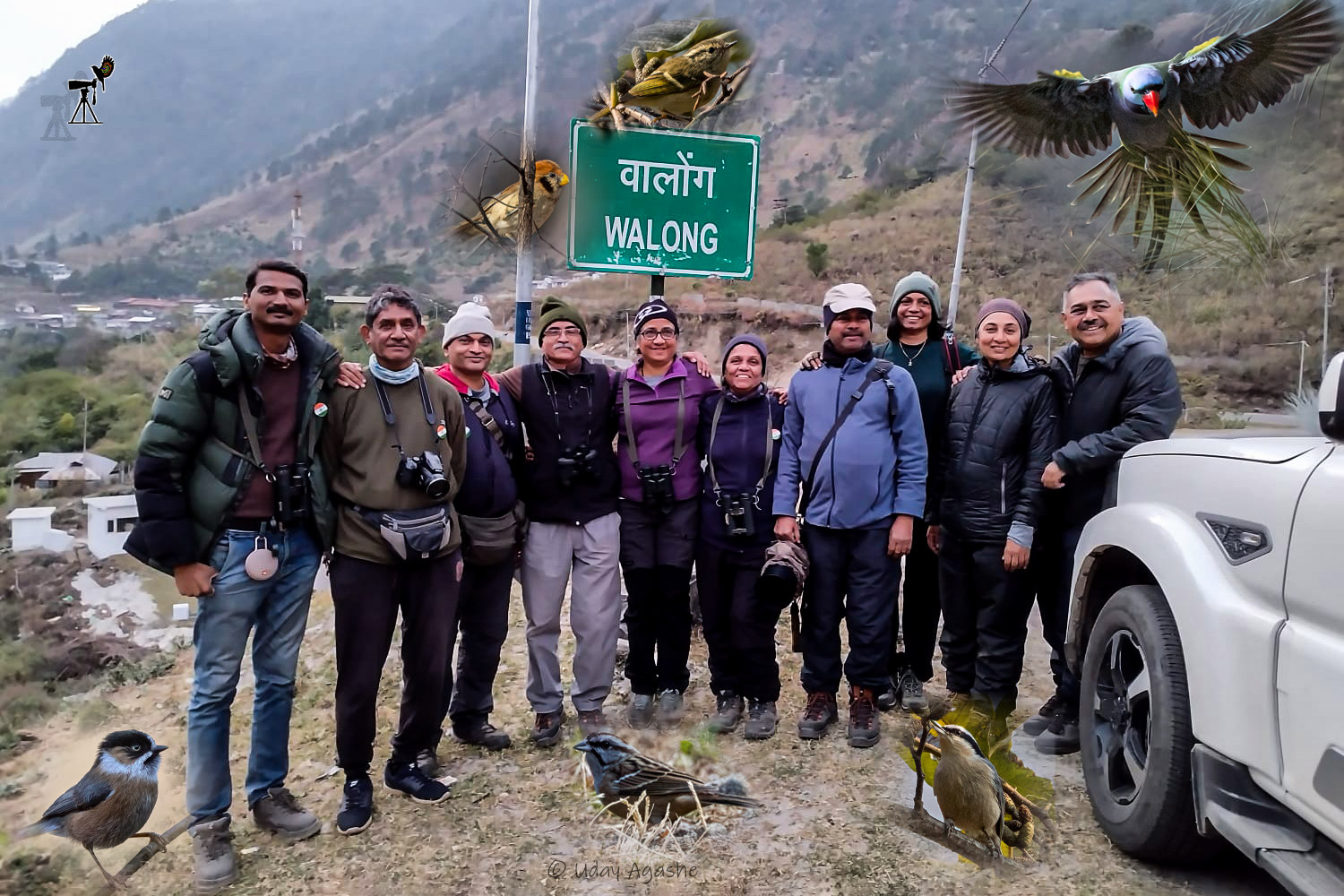
About the Trip ...
I have written about my trip to Mishmi Hills
(link)
last year and in the January of 2023, JungleHike planned another trip to the Northeast region. They were planning to cover Walong and Namdapha this time. Both were relatively less traveled from a birding point of view and the primary attraction was Lifers (birds to be seen for the first time in Life). Besides these 2, they were also going to spend a full day at Maguri Beel. This was another destination I had briefly touched during the Mishmi trip but had not explored the water bodies there.
Overall it was a long 9-night/10 days trip and involved a lot of road (hills) travel but finally, I succumbed to the lure of lifers (and also to the persistence of Clara).
When we checked on google, the temperatures in Walong were likely to be near zero, and hence had to pack woolen clothing. This additional weight meant I had to travel without my favorite tripod (I always prefer using it, especially for the tricky North-east locations where light is always low and the birds are too shy). At the last minute, I got a harness (around the neck) to hold the camera (carrying it in hand for long hours is painful and I already had tennis elbow trouble last year).
Day 1: Travel to Tezu (25th Jan)
We were all scheduled to travel from Mumbai to Dibrugad and our flight was via Kolkata (but it was a brief halt and we did not have to get down there). The flight was on time and we reached by 1 pm. Two of our participants were to reach only by 2:30 so we decided to keep one vehicle for them and proceeded for lunch.
Although our first birding destination was going to be Walong, we had a lot of distance to cover. So the plan was to halt at Tezu for the night. And cover the remaining distance the next day with some on-the-way birding.
After lunch, as we had some time on hand (in this region, the daylight lasts only till about 4:30/5), we thought of doing some birding on the way. By now, the other vehicle had also joined us. We were a total of 10 + our local guide (Palash) divided into 3 vehicles. The vehicles were very comfortable even after keeping all our luggage.
Although we did not leave the main highway, we were able to do some good birding and some of us even got lifers there. Most notable were the Indo-Chinese roller, Great Myna, and the Owlets.
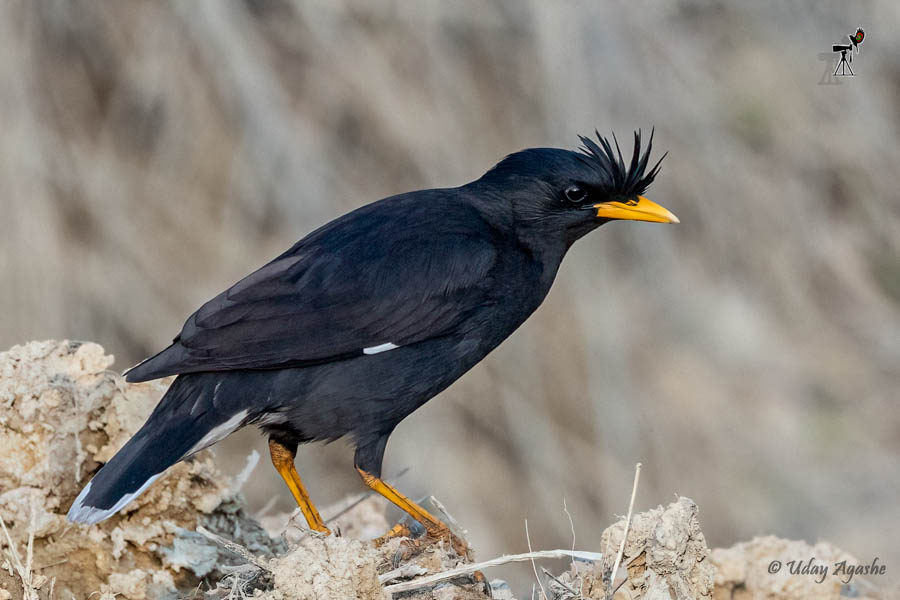
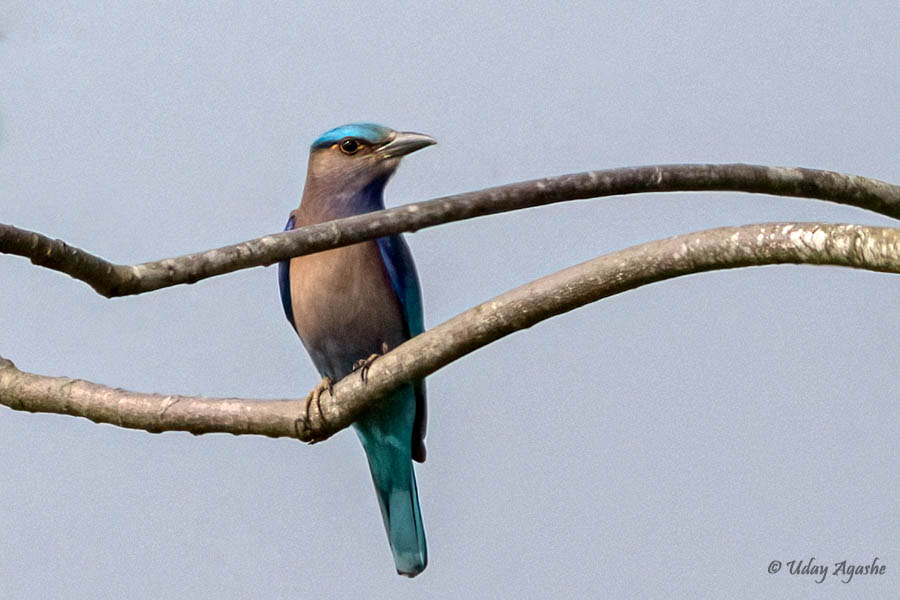
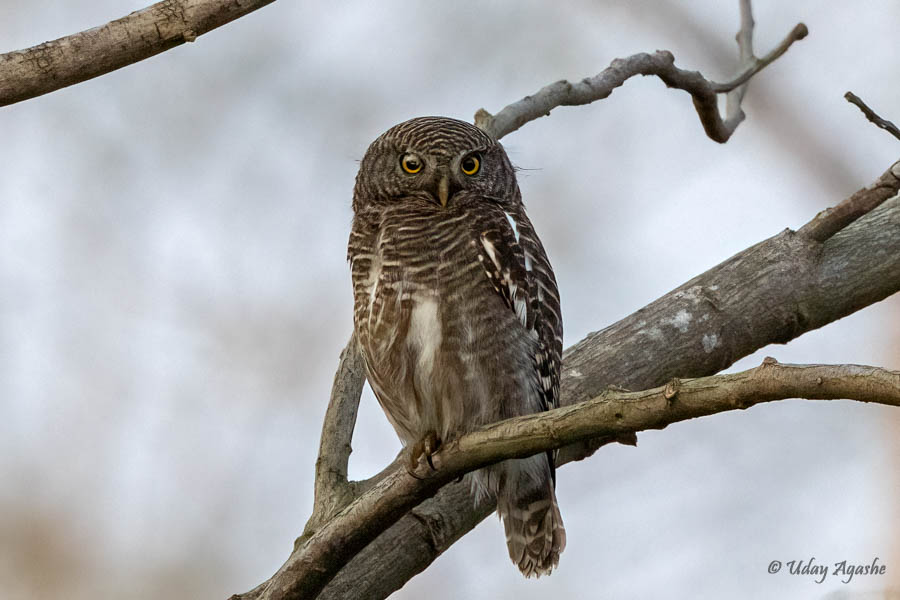
The light faded quickly and we headed for our first halt. From Dibrugad to Tezu we had to pass the state boundary (Tezu being in Arunachal Pradesh). And tomorrow being Republic day, there were additional police checks at a couple of points on the road.
At the state border, we had to wait for the permits (just the Aadhaar card is sufficient to get it) and we converted it into a quick tea break at a roadside joint.
From the airport to Tezu, we had about 160 km to cover but the road was good, and we managed to reach our hotel (Hotel Taboka) by 7:30. The hotel was decent, and the weather wasn’t extremely cold either. We had our dinner by 8:30 and quickly called it the day.
Walong via Udayak Pass
All our participants being regular JungleHike travelers, there were no issues in getting ready on time, and by 5:15 am we were on the way for our long road journey. We had to cover a distance of about 200 km, which normally could be completed in 6 hours (due to hilly, curvy roads) but considering our birding breaks we expected to reach the destination only by evening.
Our first stop was near the Udayak pass. But before embarking on the ghat section, we had a tea break (hot tea with biscuits is a good energetic start for the day). Thankfully, we did find a small stall open at that hour (6 am).
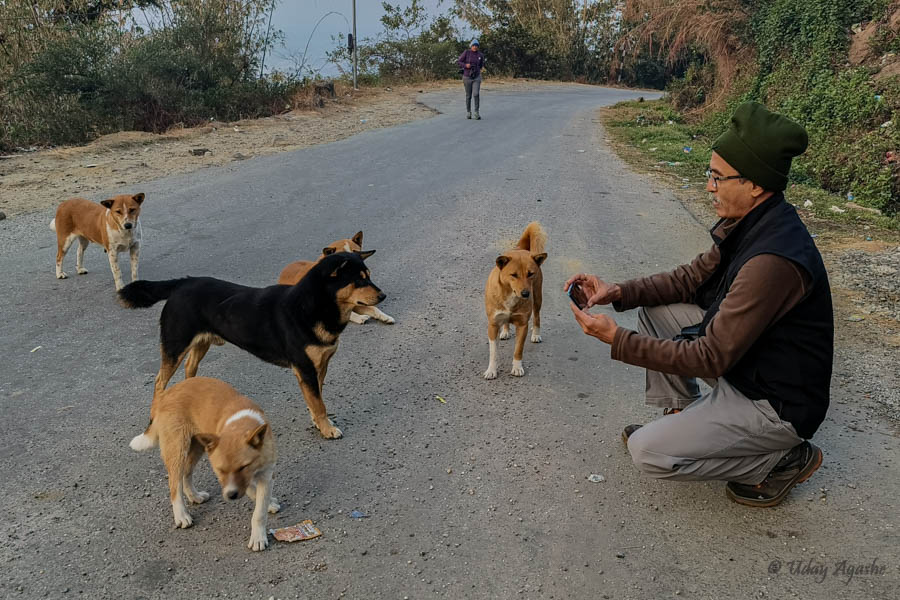

As can be seen in the picture above, the major town on our road was Hayuliang (and that was the place where we would be having our lunch). We could take either of the roads but since we were to do birding on the way, we took the longer route via Udayak pass.
It was a hilly road with dense forests on both sides and we expected to see a lot of birds there. Similar to other parts of Arunachal, here too the area is not suitable for photography as the birds are small and never perch at one place more than a fraction of a second.
During the next few hours, we were walking on the road, photographing a few birds, getting into the vehicles occasionally, and yes had our usual JungleHike-style breakfast too. We carried bread, butter, boiled eggs, some light snacks, hot water, and tea bags. All this can be had anywhere (even in the jungle) without wasting much time.
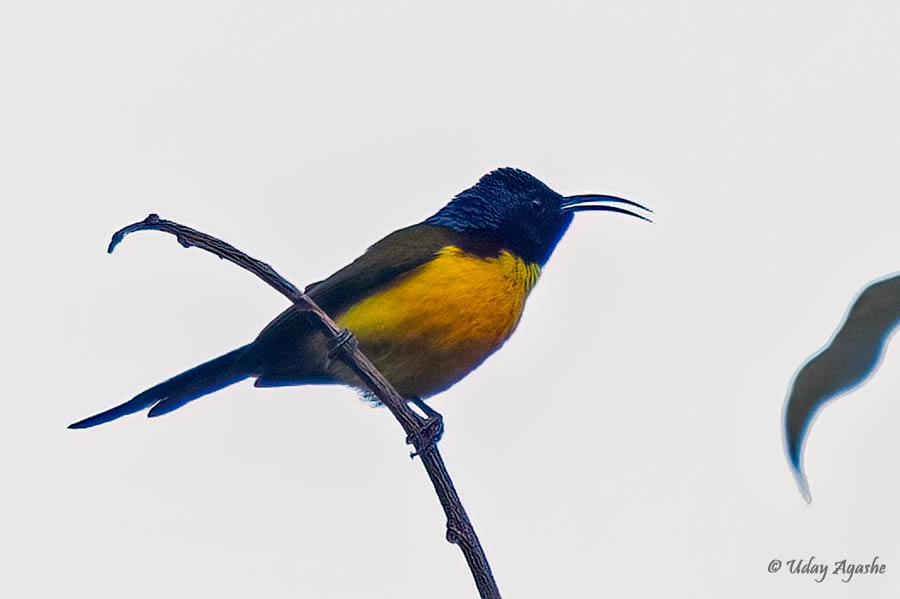
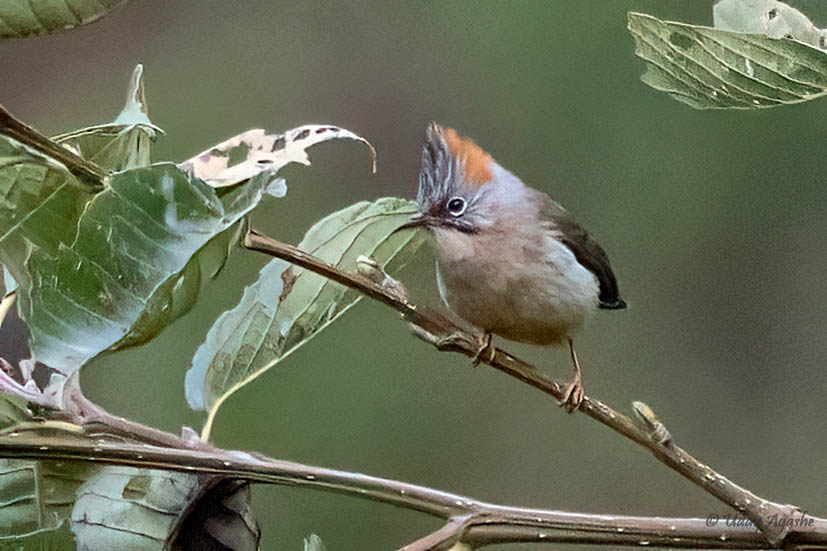

Initially, we saw a flurry of birds but after some time there was a sudden lull in the activity. The Udayak pass was supposed to be a hotspot but there weren’t too many birds seen. But we kept going, and to be frank, we did see a good amount of birds at regular intervals (but just that we are never satisfied with what we get). Here’s the list of some of the birds seen from 7 am to 12 noon. There were Barbets (great, and golden-throated), bulbuls (Himalayan black, Striated, Mountain), Yuhinas (whiskered, white-naped, rufous-vented), Sunbirds, a lot of warblers, and babblers.
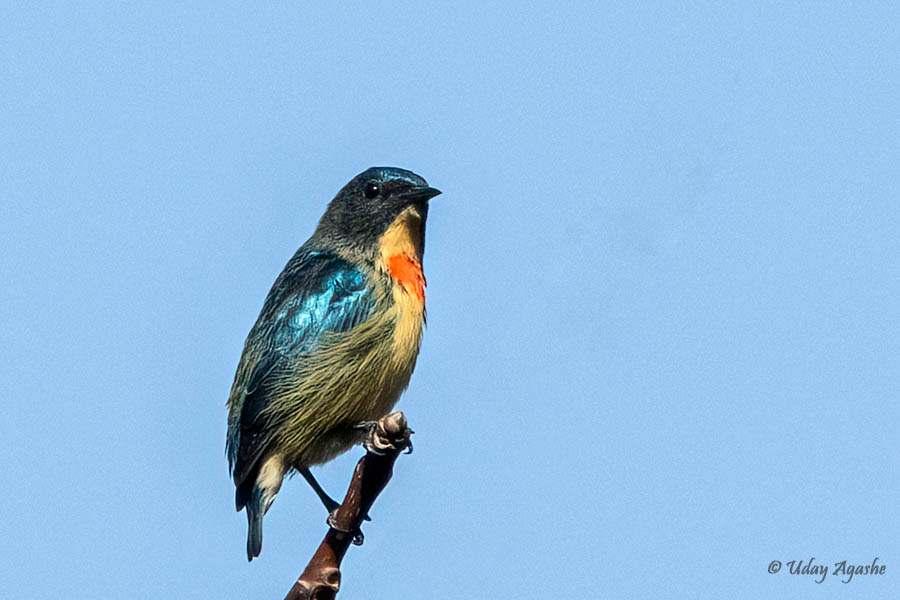
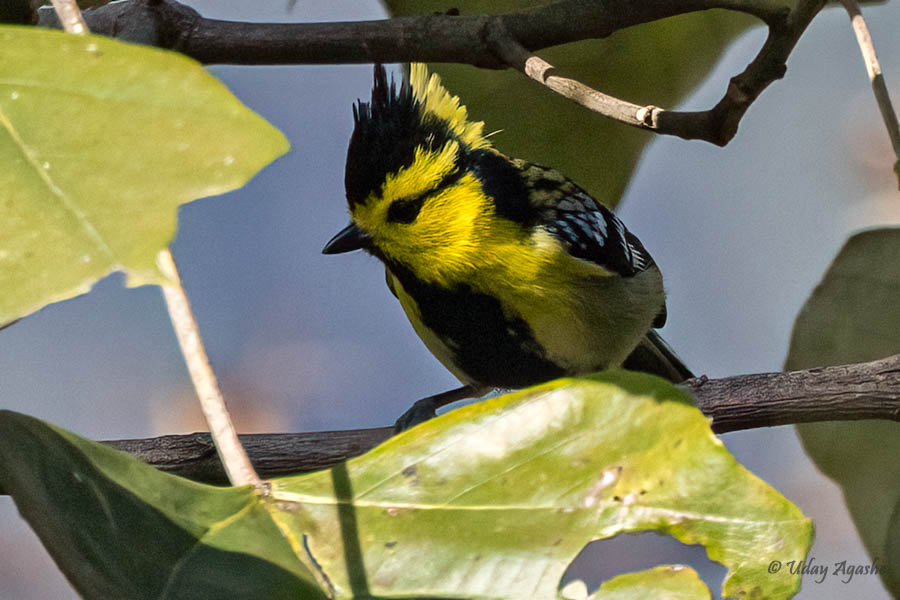
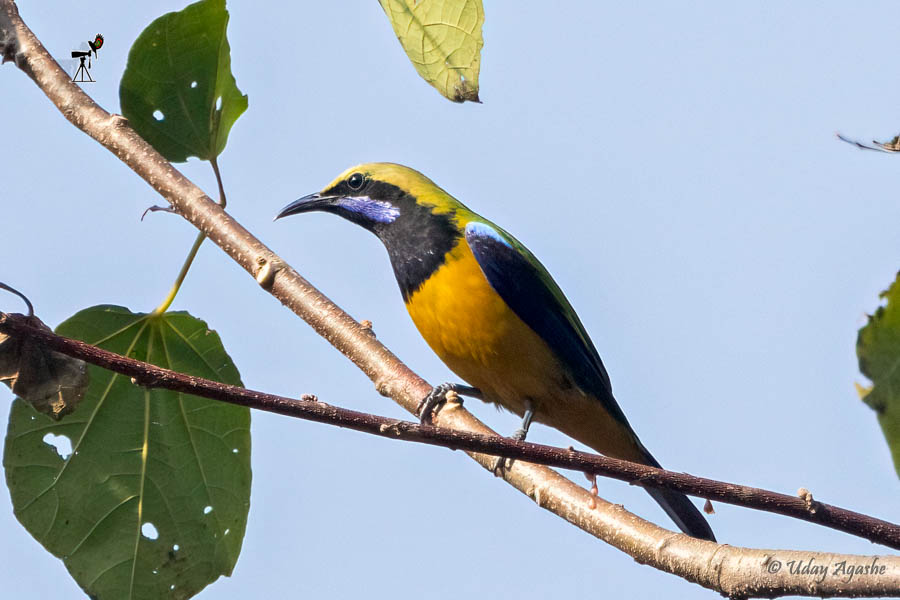
By then we came ahead from the pass and were reaching the main highway. We were hungry but our lunch stop was at Hayuliang town. We reached there by 1:30 pm. But before going for lunch, we took a small detour to the petrol pump. Our driver then informed us that this was the nearest petrol pump for Walong (about 100 km away) and during the next 3 days at Walong, we will not be able to refill the tanks. Suddenly we had a realization of the hardships those villages/small towns must be having. Hayuliang town also had a hospital (again the only one in the vicinity).
Lunch was a simple daal, rice type of meal (supported by pickles, and potato curry). Non-veg options were also there. The restaurant was a very basic one but it did offer a nice view. They had a small Indian-style toilet at one end with an open window toward the river (the mountains were so good, I ended up taking a photo there).
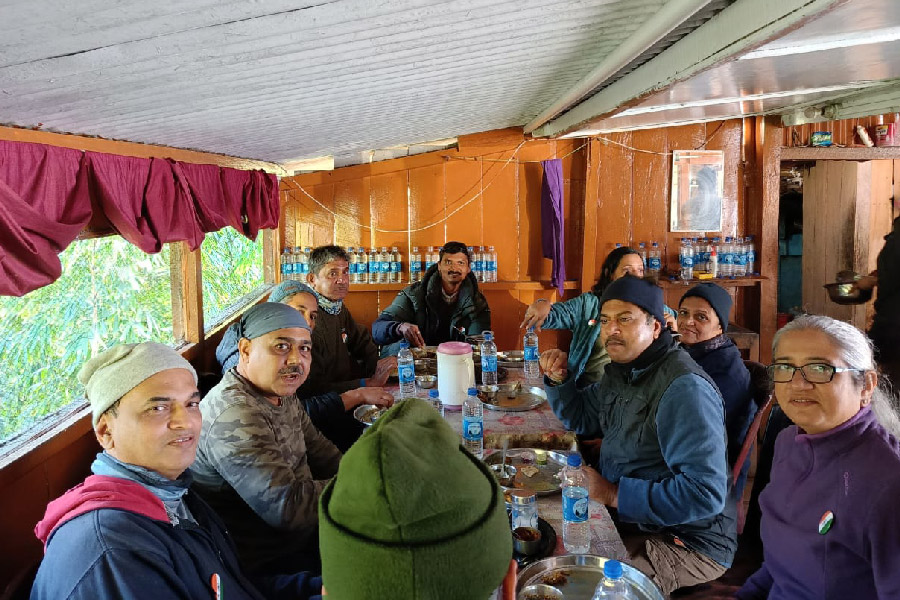
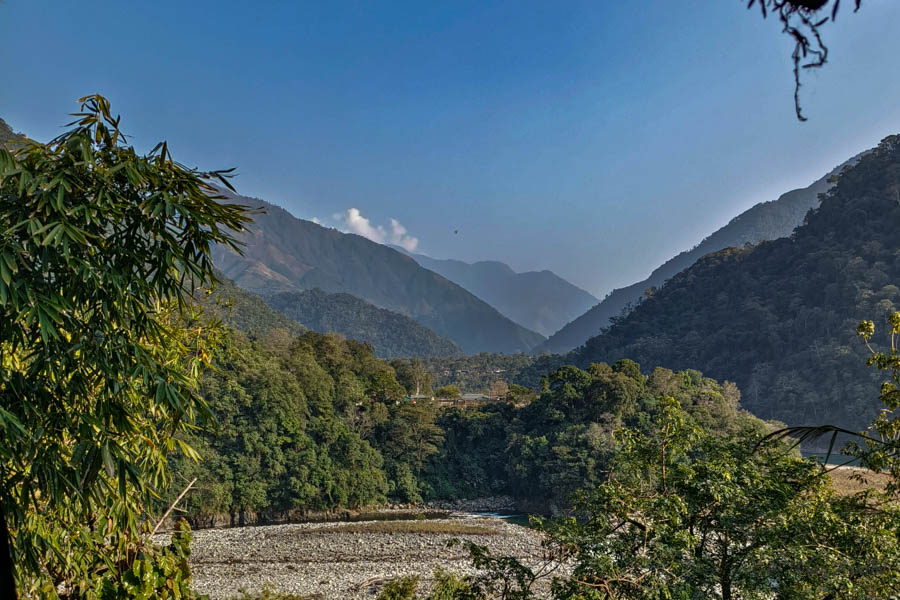
We started our last leg at about 3 and soon realized that our entire journey was alongside the Lohit river (a little before Hayuliang, our road was running along the river and continued that way till Walong). From now on, our journey was full of winding roads and ghats and although I had taken the motion sickness medicines, I had a tough time. For that entire journey, I was only thinking about when will we reach (in between I even thought, I will never take any trip henceforth). We did have 2-3 breaks in between (not entirely because of me though.. once, one of the drivers was feeling sleepy, so we took a stop).
By the time we reached our destination in Walong (Anu-Nimai Homestay), it was already dark, and on top of that, we got the news of some power failure in the area. The failure happened 3-4 days back and since then, the place did not have any electricity. But at that moment I was simply relieved of coming out of the vehicle. After spending 10-15 minutes on the bed in a zombie state, I gathered my nerves and then realized the electricity issue. How are we going to charge our camera batteries? We were already aware that this place does not have any mobile connectivity, so charging mobile was irrelevant anyway.
But this was taken care of by the owners. They had arranged for a couple of hours of diesel where we could take our batteries for charging.
In our rooms, they had provided us with a small light bulb that was solar-charged but it was very dim and probably could last only for a couple of hours, so we had to use it sparingly.
It was only 7 pm and dinner was at 8. Although no electricity, our team was in high spirits. We spent that hour playing some card games and even playing Antakshari (yes, in the torch lights). Dinner was the usual Daal, Rice, and Sabzi but it was tasty and we really enjoyed it.
Thankfully it was not as cold as we had envisaged (not sub-zero), the room was entirely made from wood so was a little warm too.
Tilam Top & Kaho Village
Our day began at 5:15. The homestay owners did provide a nice hot tea at that hour (and we had carried biscuits to support). They also provided hot water (considering the cold weather, we did carry hot water bottles).
Today we planned to do birding on Tilam Top (a mountain close to the Walong army camp) till noon and then proceed to another attraction of the tour, the first village (from the China border) called Kaho. Just about 10km distance from our homestay, but that was the final point. On the way, we usually have stops at multiple points (where there is a possibility of seeing any birds)
But today, there was not much bird activity till we almost reached the top. Then our guide spotted some birds and he asked us to get down and walk slowly behind him (vehicles are always parked at some distance, so as not to disturb the birds). Soon even we started seeing a flock of cute little Spot-breasted Parrotbills. They were tiny but their beak was like parrots. They were far, we quickly took a few photos and then waited patiently. Soon, some of the individuals did come a little close. As we were busy capturing these beauties, Avinash alerted us to another small bird, the Rufous-breasted Accentor (I had missed seeing this one in Mishmi).
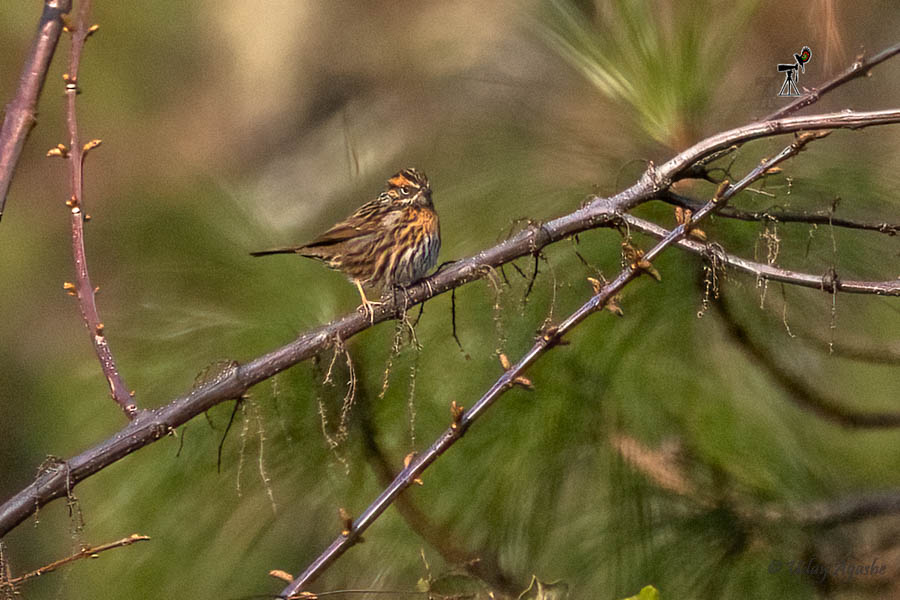

On the way, we heard clear calls of the Koklass Pheasant multiple times and the sound was coming from very close. We waited patiently for the bird to arrive on the scene but other than seeing its flight from a far-off tree, we could not get any close.
The road to the top was scenic and at times we waited just to take the picture of the mountains.
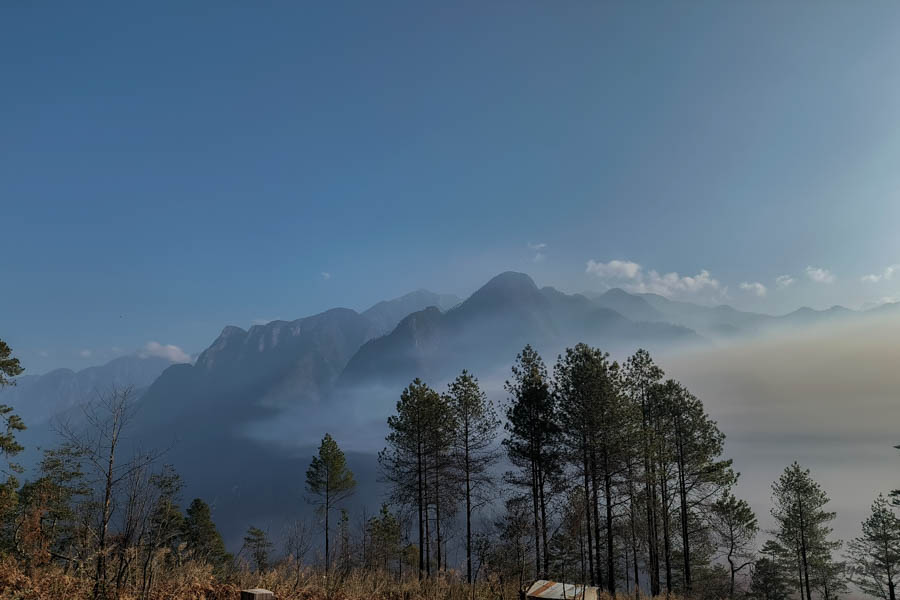
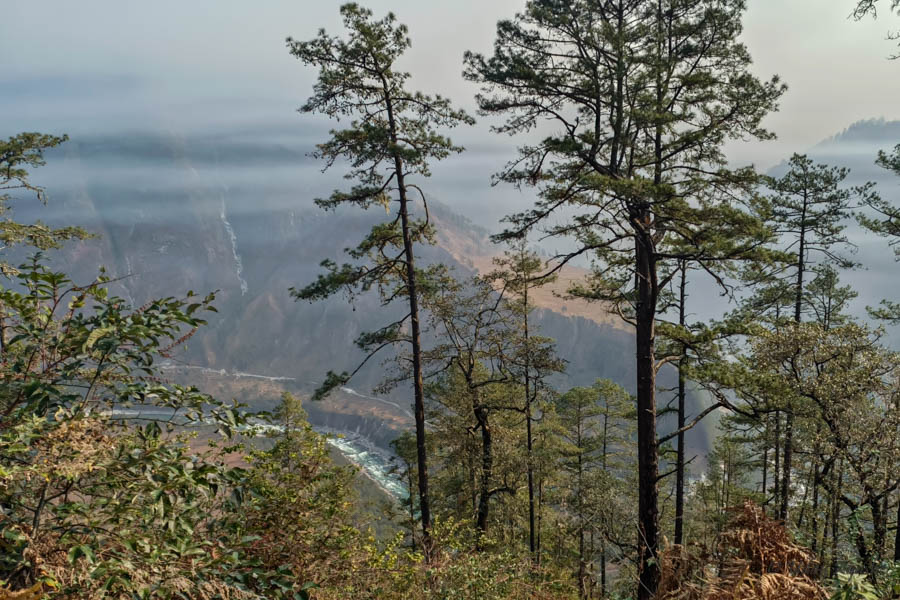
After reaching the top, we got down again and this time took the walking trail. We kept seeing various birds on the way but most of the time we were content only seeing them thru the binocs. Our main targets were the birds coming from China. The Sichuan Warbler and the Yunan Nuthatch. Palash was on the lookout; he was eagerly listening to all calls (frankly, to me, most of the bird calls sounded similar, there was very little to distinguish but our guides could identify many birds purely by hearing the calls).
At around 9 am, Palash finally signaled us for the star attraction. Far from us, near a tree top he had sighted the Yunan Nuthatch (there were 2 individuals, he said). It took him some effort to point us to their exact location but finally, we all saw it. Once seen, we were able to track the bird's movements (first with binocs and then with the camera too). Just as we were busy with the nuthatch, even the Sichaun warbler was seen. Luckily both the birds remained in the nearby tree for the next few minutes.
Little later we saw a small flock of the Black-browed Bushtits. They were part of a large mixed hunting party (a term used for a flock of multiple species that move together, hunting insects on the way).
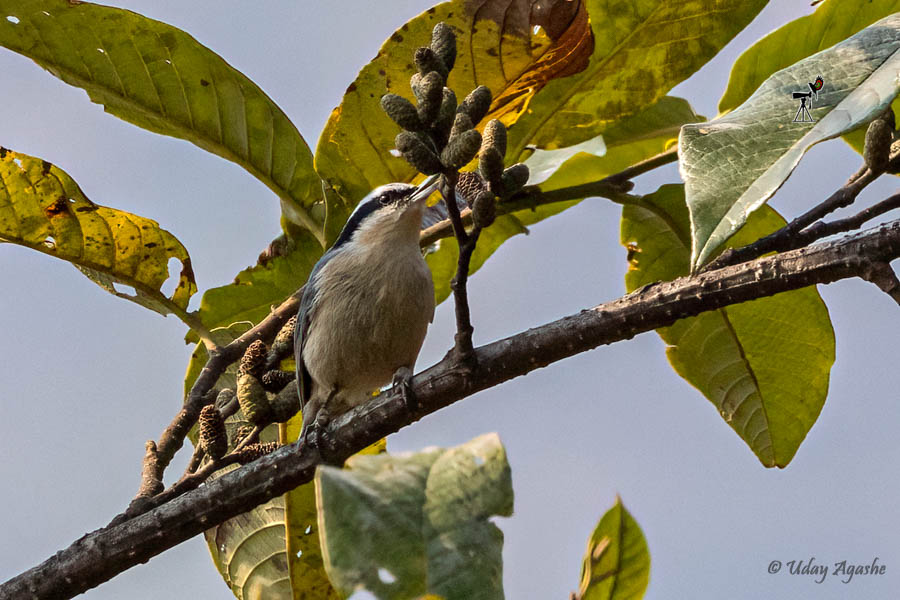

As the Sun got brighter the bird activity reduced drastically, so we decided to descend back. Today we planned to have lunch at village Karoti which was on the way to the China border. Just a detour here but the work being done by the Border Roads Organization (BRO) is commendable. At places, there is nothing that can be called a road, but wherever they are building it, they are doing a fantastic job. Even the bridges look sturdy.
As we started our journey, we came across a war memorial at Namti plains. This was the place where our brave soldiers fought a fierce war in 1962 Oct-Nov against the mighty Chinese army. Without the help of any additional forces, insufficient food, and lack of proper winter clothing, they held the post for 22 days till the last man and last round of ammunition. We heard more stories from the army as well as from other memorials in Walong, but more about that later.

Just as we were strolling around the memorial in the hot sun, Clara was looking thru binocs, and she recognized a flock of Black-headed Greenfinches. They were too far, and I just ran into the field below to get as close to them as possible. But that didn’t help as they were very far. My run was not entirely a waste though, as soon we saw a lone Chestnut-eared Bunting (another lifer for me). A Little Bunting was also seen there. Within 5 minutes we managed to add 2 lifers (and our primary aim here was to check the memorial)
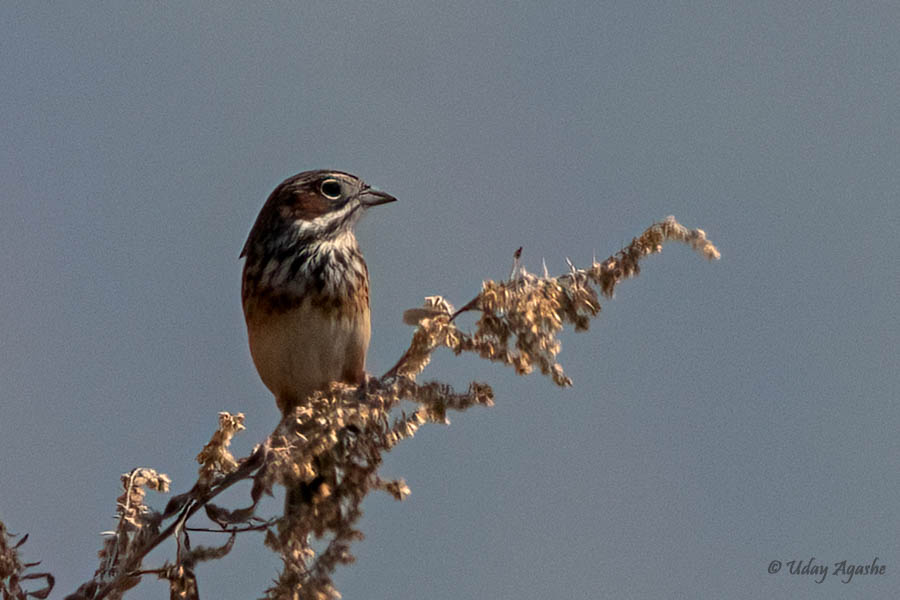

At our next stop, we came across a small structure, this was a point from where one could see China. The words here said you are under surveillance. In this picture, from the 3rd mountain onwards, one can see the Chinese territory.
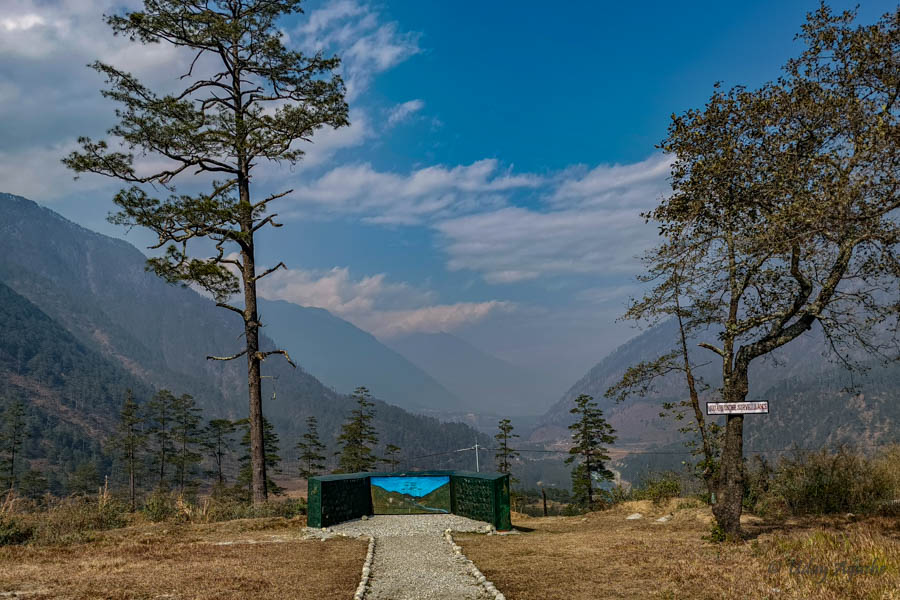
As we were moving ahead, Palash asked the driver to put emergency brakes on a hairpin turn. He had seen the Godlewski’s Bunting near the road. We once again got out of the vehicle and waited for the bird to come into the open. But even after a long wait, it remained hidden, giving me just a record shot (luckily our other vehicle that was behind us was at the other end of the turn, and had a clear view of the bird). The valley here was looking amazingly picturesque.
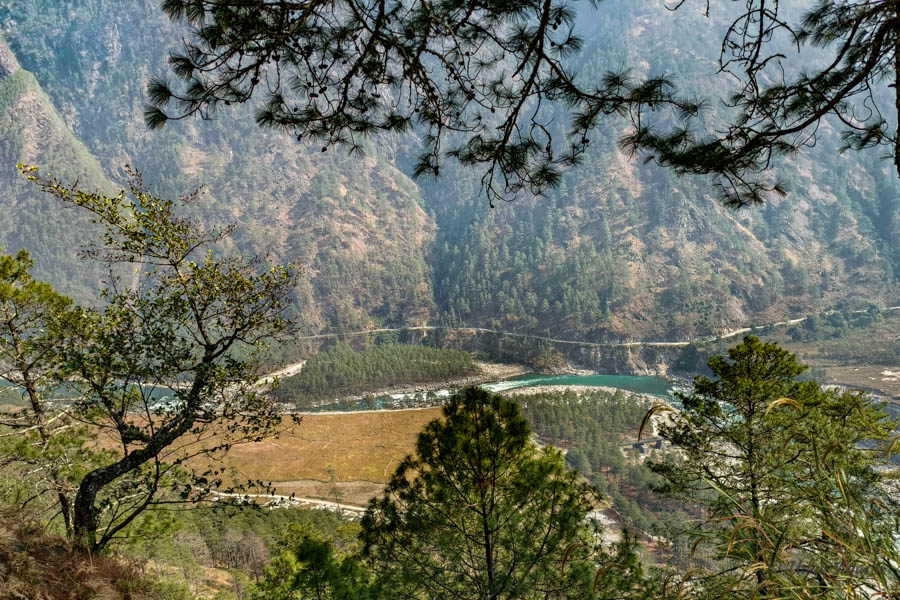
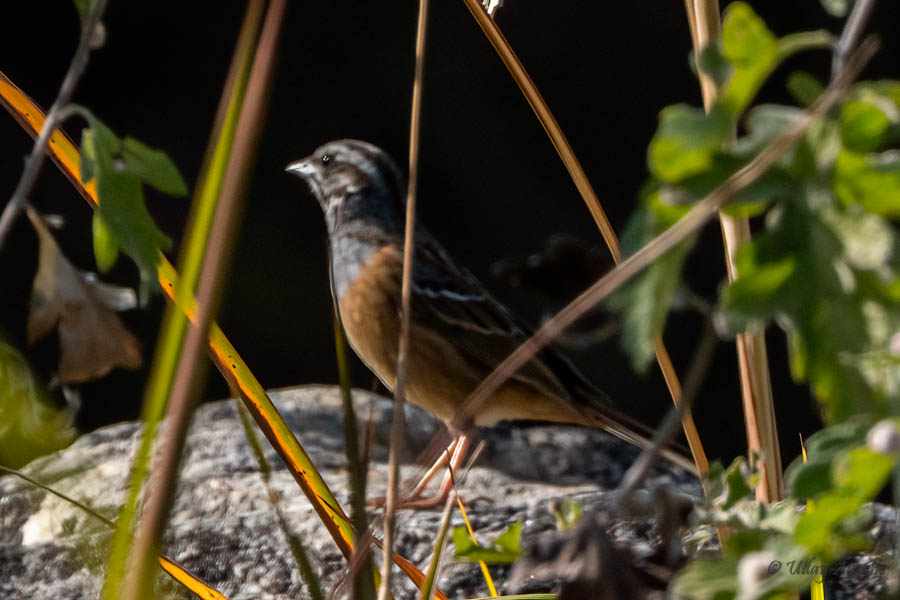
By 12:30, we finally reached our planned lunch place (the reality is, during that entire stretch there was no other restaurant-like thing anyway.. not just on the way but even further to the first village there was nothing). One good thing in this region is you can communicate with most of the people in Hindi.
For lunch, we had fried rice and chow mein as that was the only thing available. And after serving us a few plates of fried rice, the lady declared that she did not have any rice left. So the Chow mein was in demand along with some soup. Life is so different here, in our cities, one could just run out and buy rice at some nearby shop. But no such luxuries there. We thought of having a nice cup of tea after lunch but we could not (no milk, no tea powder available). These places are so remote, that getting certain essentials is also not an easy thing there.
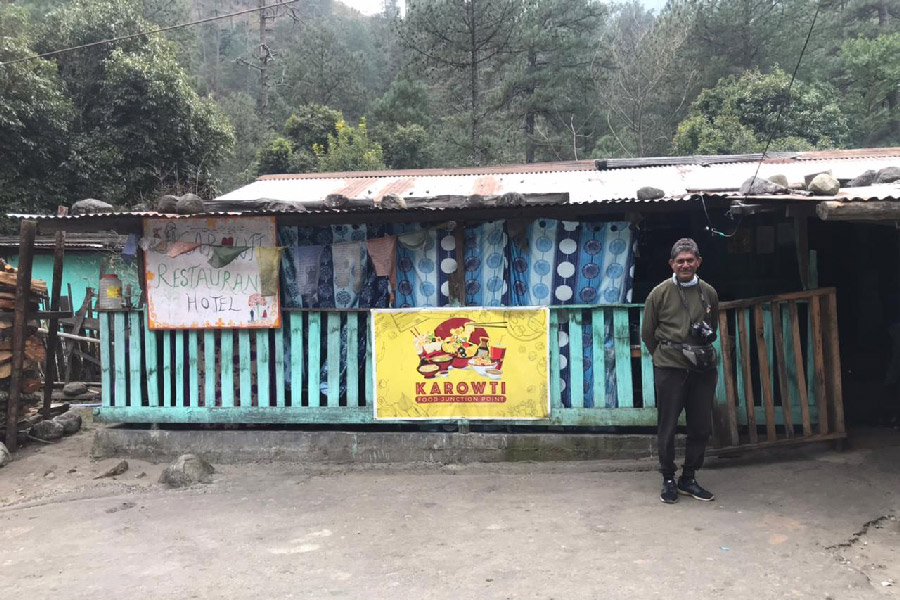
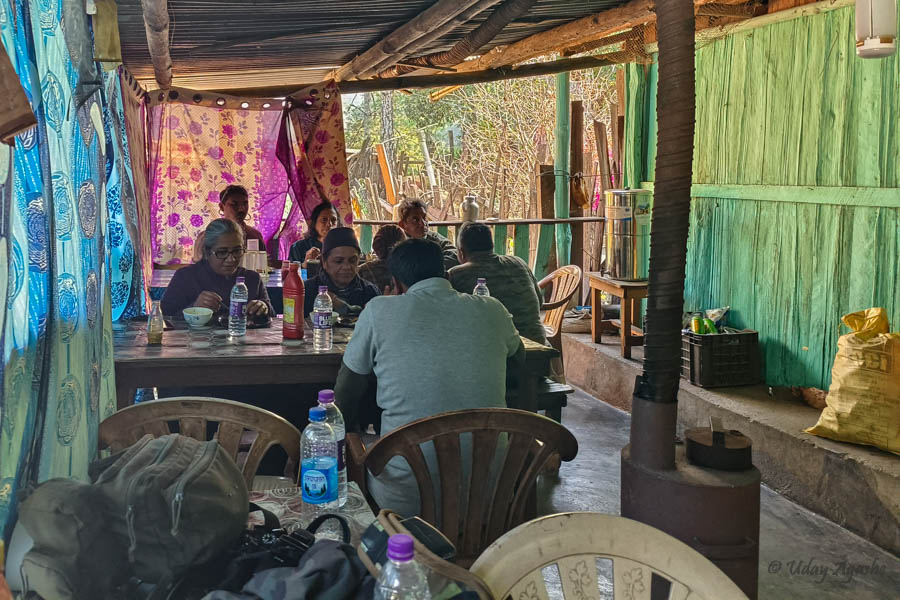
After lunch, we decided to walk some distance. The birding here was immediately fruitful. First, we saw the Daurian Redstart (I had seen it earlier but did not have a photo then) and then the Yellow-bellied Fantail entertained us. It was deep inside the trees but kept coming back to the same perch, thereby allowing us some decent photos.
But the best show was by the Black-browed Bushtits. Palash heard their calls and asked us to keep quiet. Slowly their flock occupied the fruiting tree close to us. They were happily eating fruits, not at all bothered by our presence.
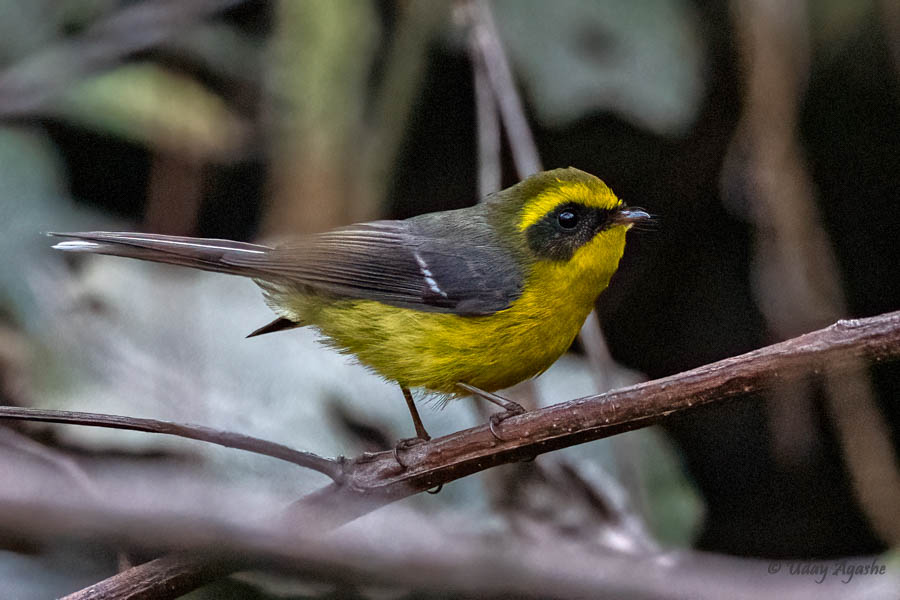
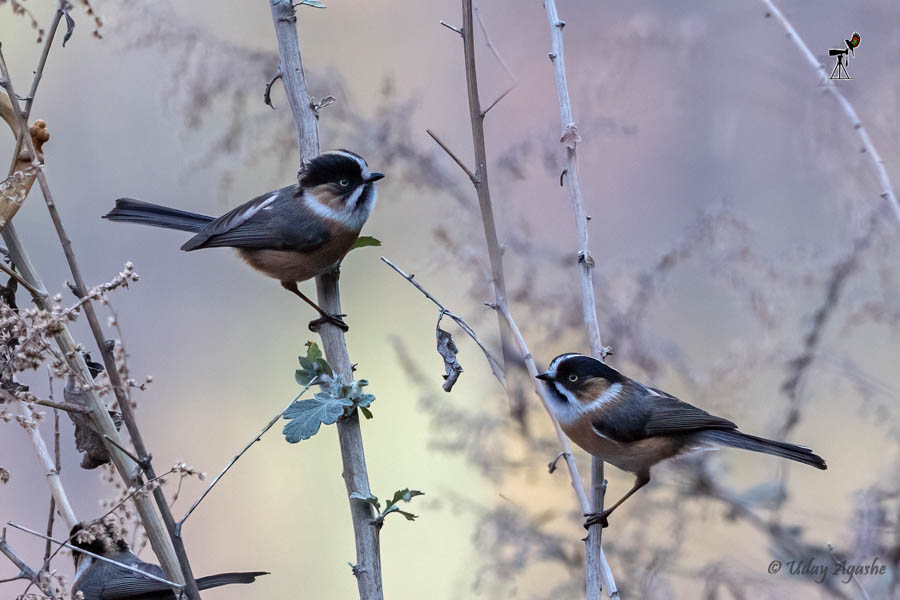

After that nice encounter, we got into vehicles and sped toward Kaho. Once again, river Lohit was giving us company. As we were admiring the serene nature, Avinash’s eyes were searching for the birds. And he sighted a small flock of Godlewski’s Buntings. Once again, we got down with cameras. Here we noticed a woman walking alone (frankly, our first reaction was, she disturbed the buntings and they flew away), she was going home to Kaho (which was still some 10-15 km away), and by the time she would reach it will be dark. And walking all alone on the hilly road, river on one side and mountain on the other. What safety, and security? She might probably have a torch but that’s about it!! How worried we would be if our own sister/daughter had been in that condition?
Little ahead, we saw a hanging rope bridge. On the other side of the river, we could see some houses and for them, the bridge was the only road to reach the outside world. We just took a photo for our memory but people living there had to use it every day!!
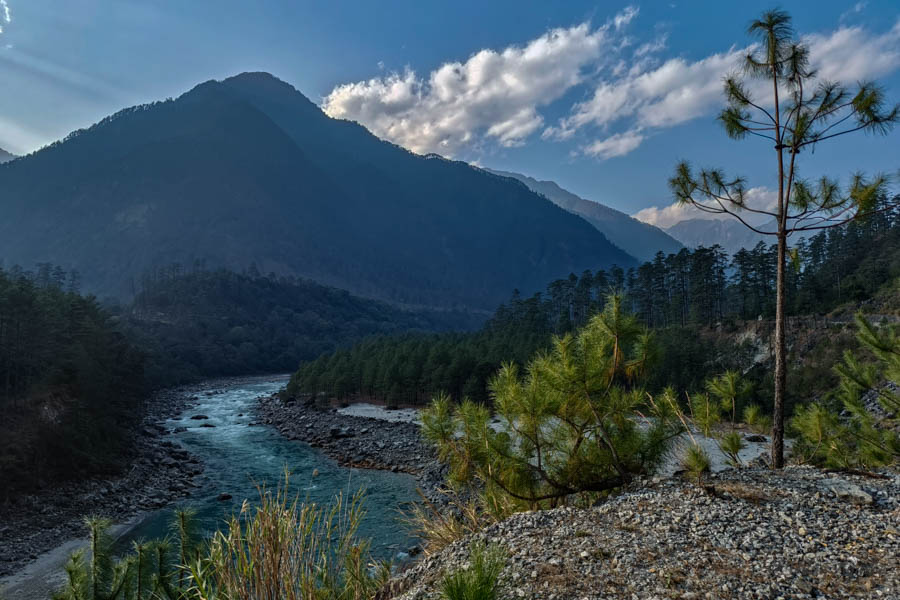
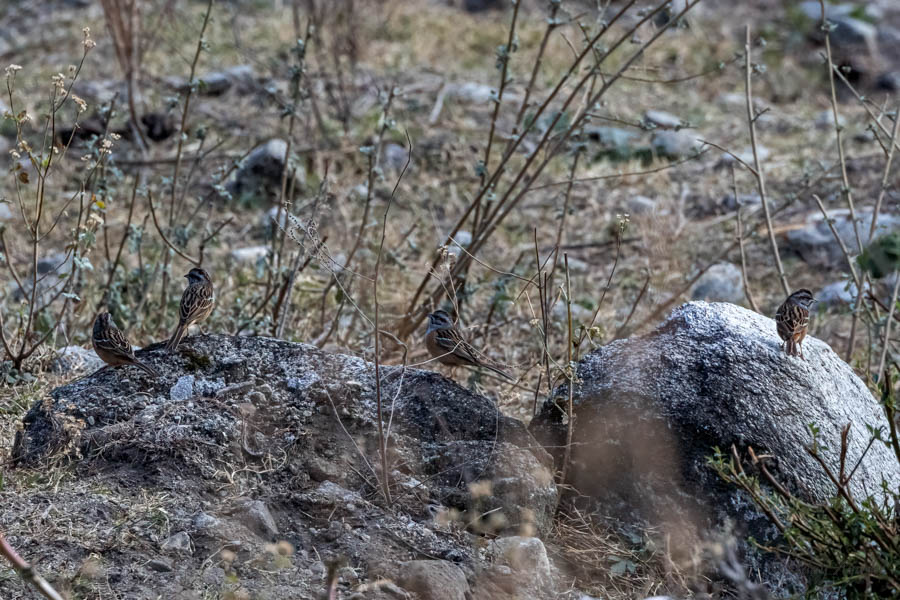
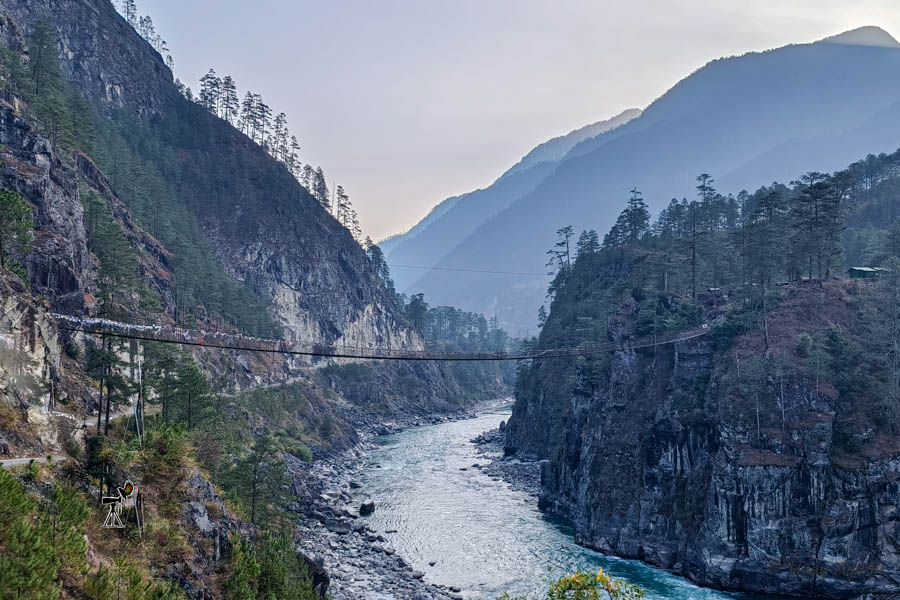
We finally reached the Kaho village by 4 pm. This was the last Indian village, right next to the Chinese border. With binocs, we could see the structures on the Chinese side.
Oh, and at this point, we saw our first raptor (bird of prey) of the trip (there weren’t many seen during this trip).

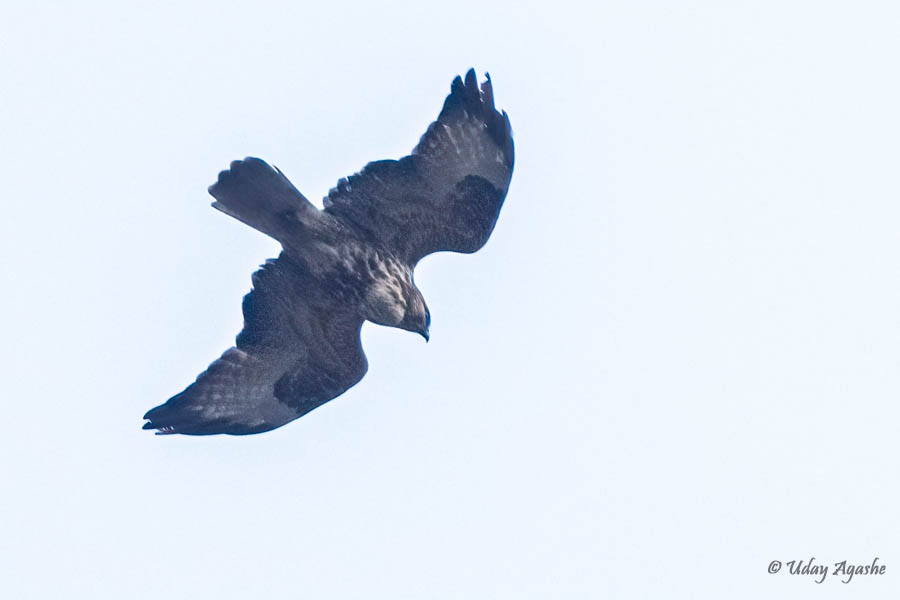
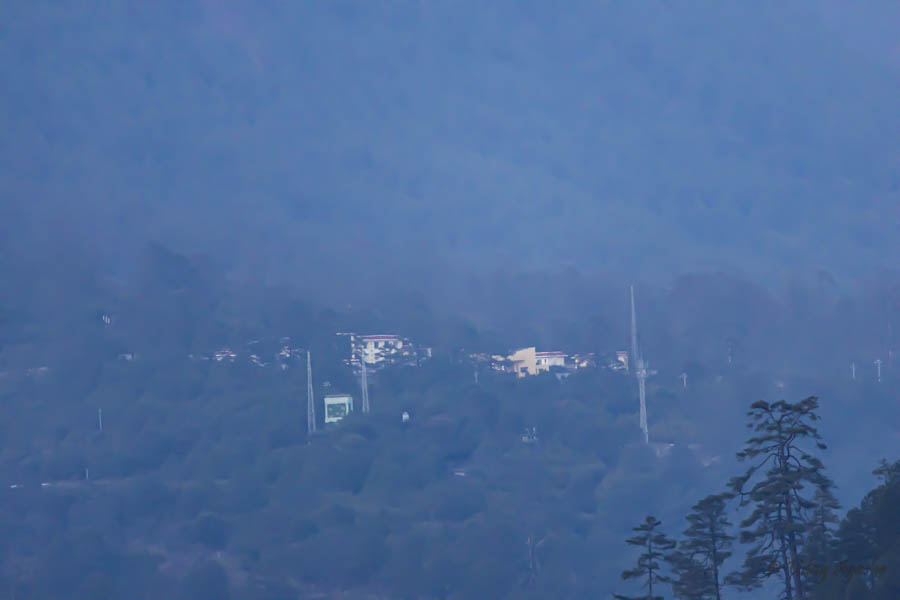
By then it was already getting dark, so we just drove back straight to our homestay. We had hoped the electricity would be up during the day, but no such luck. Another (literally) dark night ahead.
Birding at Helmet Top
Once again our day began at 5:15 am with tea and biscuits. Our plan today was to explore another hilltop, the Helmet Top. This was at 7000 feet and there was another army camp at the top.
Previously when we were en route to Walong, I met a friend of mine who was going back from the same destination. He had informed us about the arrival of the Derbyan parakeets from China, so the parakeets were on our target list today.
These parakeets stay in China during winter but do come occasionally to gorge on the pine fruits on the Indian side. And this was the only place where they can be seen (nowhere else in India).
Today we had to cover a little more distance as the Helmet Top was a higher peak. Little into the trail, we saw the first bird, the Rufous-vented Yuhina. Exactly as we passed the milestone of “3 km to the top”, Palash spotted the Long-tailed Thrush. Slowly we all got down but the bird (there was a pair in fact) kept playing hide-n-seek. Finally, our patience paid off and we were able to get a decent photo.
This habitat was full of tall pine trees. We could hear a few bird calls, and so everyone started scanning the nearby trees. We could see a small bird moving on the thick bark, it was the Chestnut-vented Nuthatch. Within a few minutes, another bird came flying and occupied the same tree. This was also seen crawling on the bark, on closer look, it turned out to be the Bar-tailed Treecreeper.
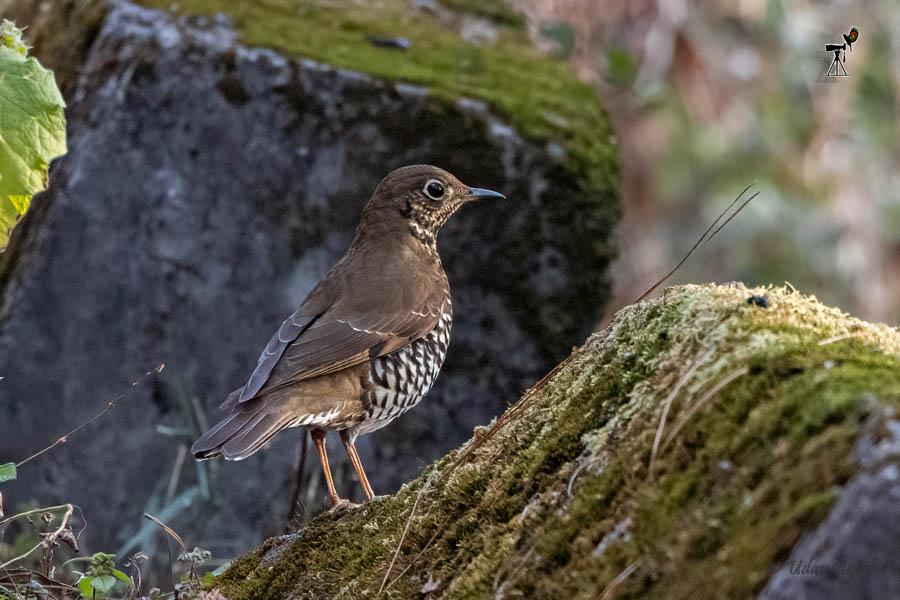
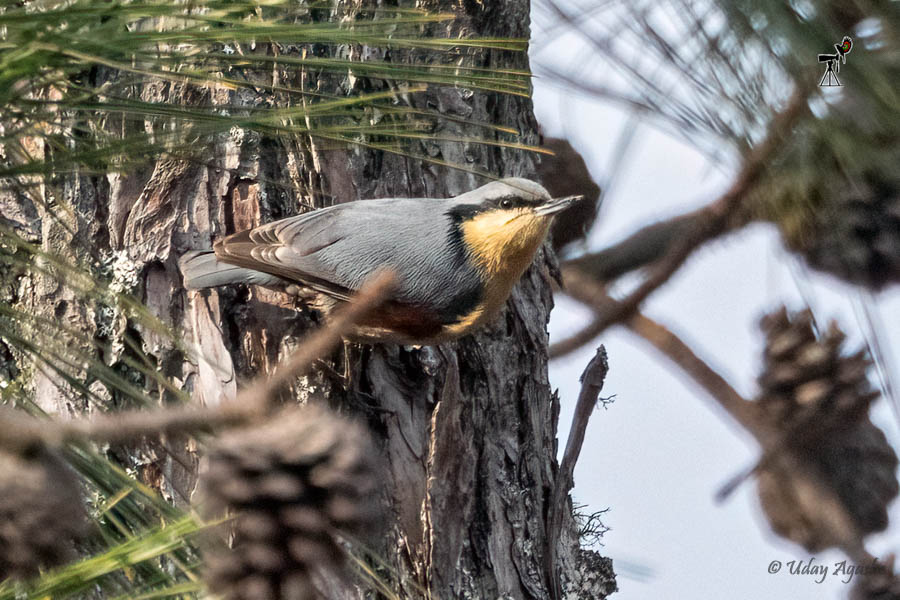
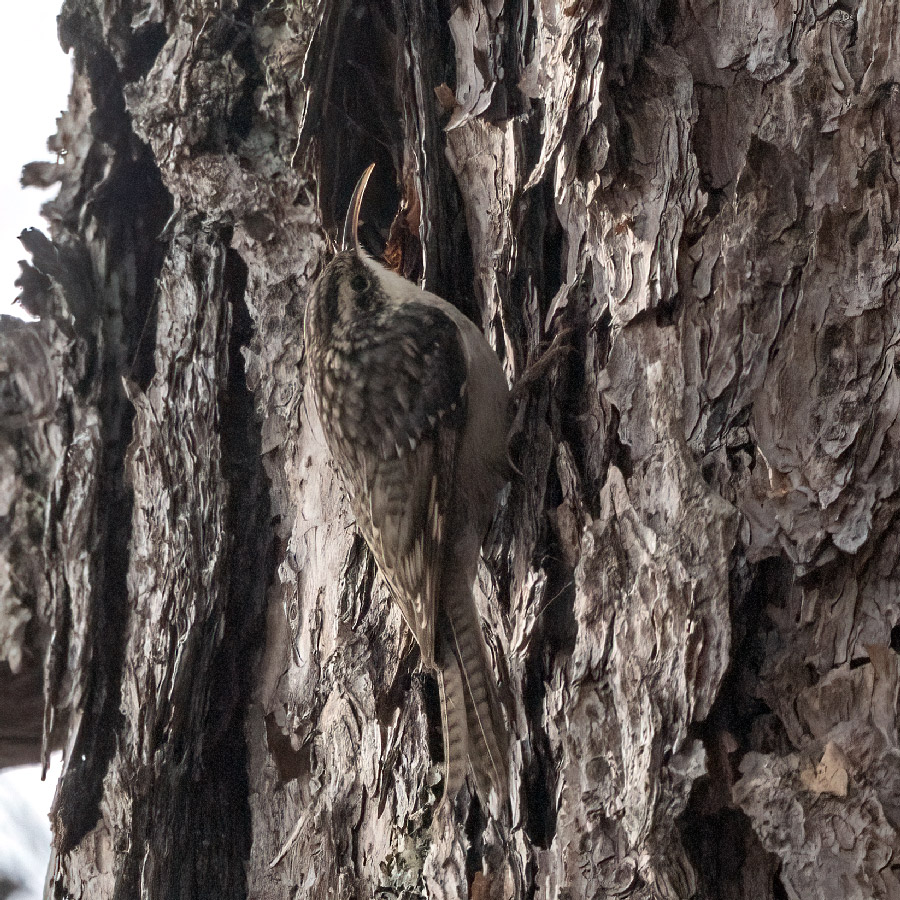
By 8 we were hungry and had early breakfast at a place where we could park the 3 vehicles without obstructing the road. Not that there is any traffic on this road but the Army vehicles are seen at times.
We had still not reached the top and as we were walking up, Avinash heard some parakeet calls. Everyone suddenly became charged as the parakeets were the star attraction for today. But despite the calls, we could not see any bird and these parakeets are generally seen in large flocks.
As Avinash was pretty sure about the call, we all waited for the next 10 minutes and then Palash could see a few parakeets on a tree in the valley below. He asked us to take a few record shots (just to identify the birds correctly) and then called the drivers. He decided to go down the ghat (he had identified the tree and was hoping to have a closer view from the road below. This being the ghat section, the zig-zag road meant we were able to keep an eye on the valley below as we moved down. At an appropriate point, he stopped and then we walked a few meters to get a better view. But the flock decided to move further down. Once again we all moved down. This time we overcompensated and ended up seeing the birds high up on the tree. But at least we could see a lot of them and they were flying together circling some of those pine trees. Once they settled on one of those trees, we took our chance and decided to go up again. Thankfully, this time the birds remained on the same tree long enough allowing us to be at eye level (the tree was in the valley, so we could not go close enough though)
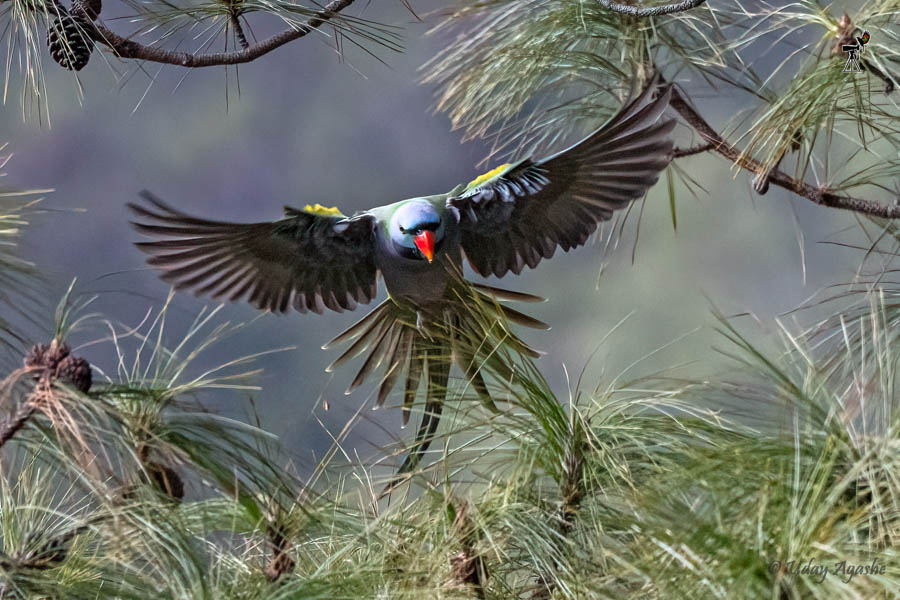



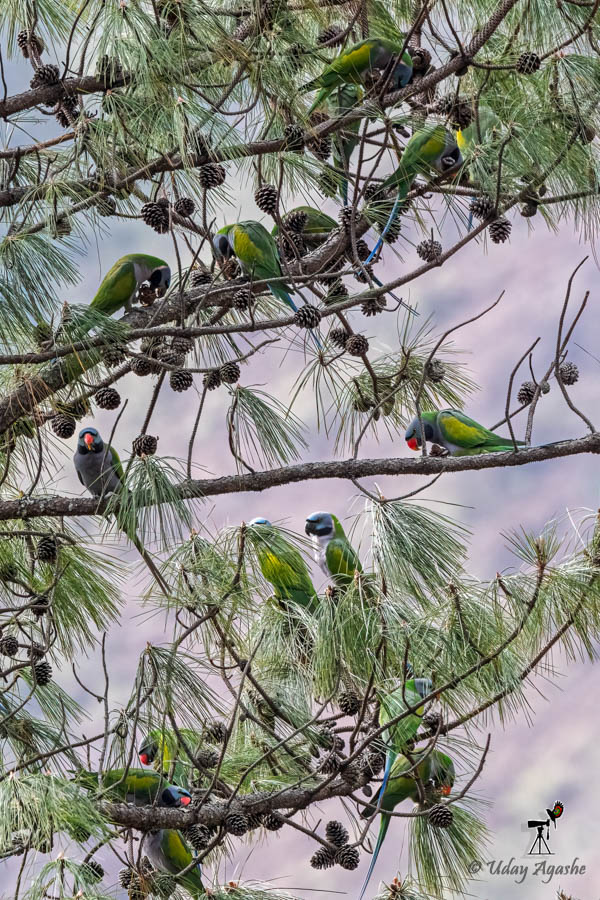
We ended up spending almost an hour behind the parakeets (first driving up-down thru vehicles and then taking photos from different angles, camera settings, etc.).
At the top of the hill, there was an army camp and we could not take our vehicles inside. After talking to the in charge there, we were allowed to walk inside. They even allowed us to take pictures of the biodiversity, only the camp structures & war memorials were out of bounds for us. We had a nice chat with the commander for some time, he showed us the war memorial (1962 China war), and there were some old artifacts like gun shells, grenades, etc.
After the talk, we went inside in search of birds. We spent about an hour there but the only notable species seen were the Black-chinned Yuhinas (and one Butterfly).
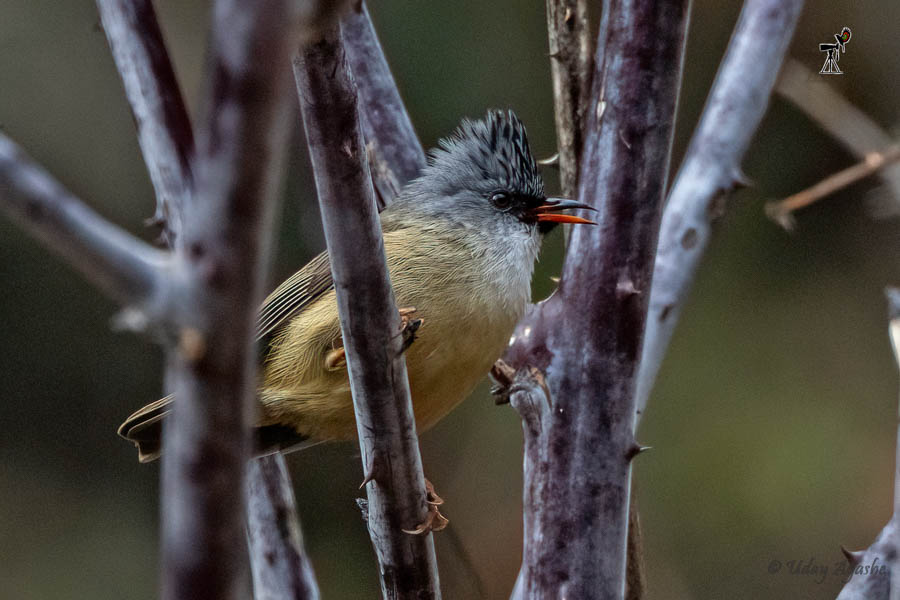
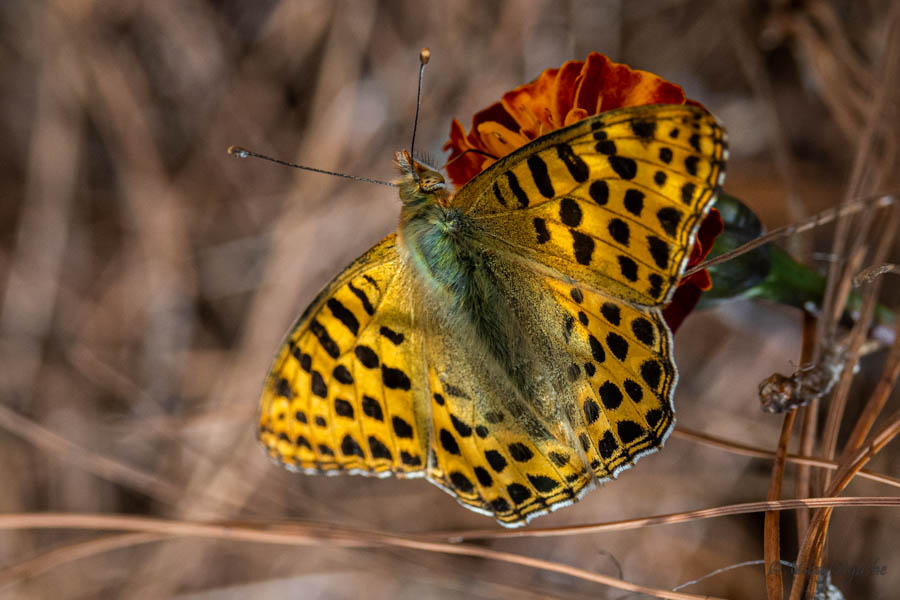
As we came out of the camp, it was already noon. So we decided to head for lunch (once again to the same place as yesterday… what choice did we have anyway!!). This time we headed straight to Karoti as we could not sight any birds on the way. Thankfully, today they had sufficient rice (but no tea) for all of us.
After lunch, we once again strolled the nearby areas but could not find anything worthwhile. This was about 3 pm, so we thought of heading back to Walong and exploring the nearby area. On the way, we saw this lovely bridge (and we had traveled on it previously). Oh, and we happen to see a roadkill too. It was a dead King Kobra. In all my jungle trips, this was the first instance of seeing a KING KOBRA (unfortunately a dead one).
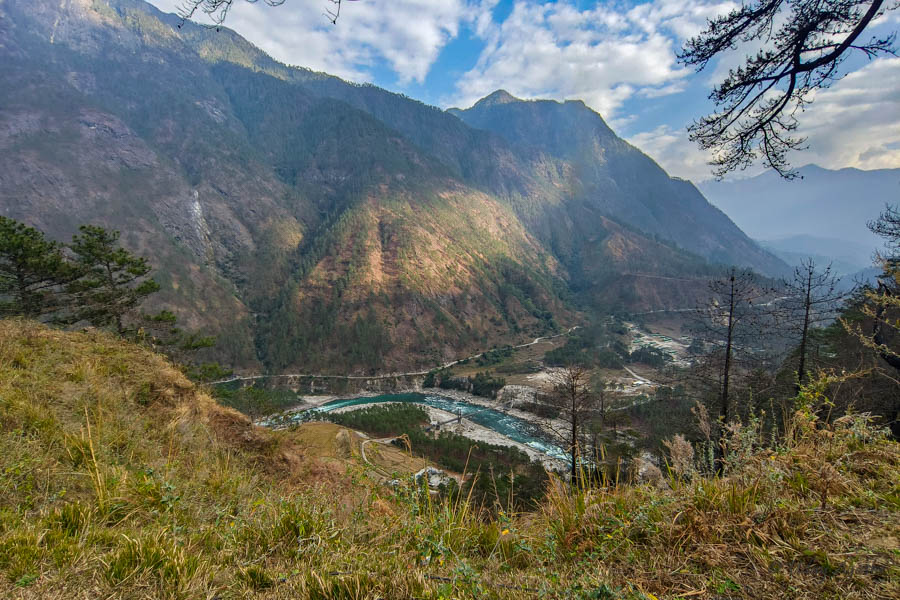


On the way, we once again stopped near the Namti memorial but could not see any buntings/finches today. Moving further, as we were close to our homestay, Avinash made us stop at one place because of lots of bird calls. Soon we all got down and started frantically searching for the source of the calls. There were Silver-eared Mesias, Red-billed Leiothrix, Chestnut-crowned Warblers, and Yuhinas. But they were deep inside the tree cover and even with binoculars we were barely able to see them. The only thing I could get on camera is a poor photo of the Nepal Fulvetta.
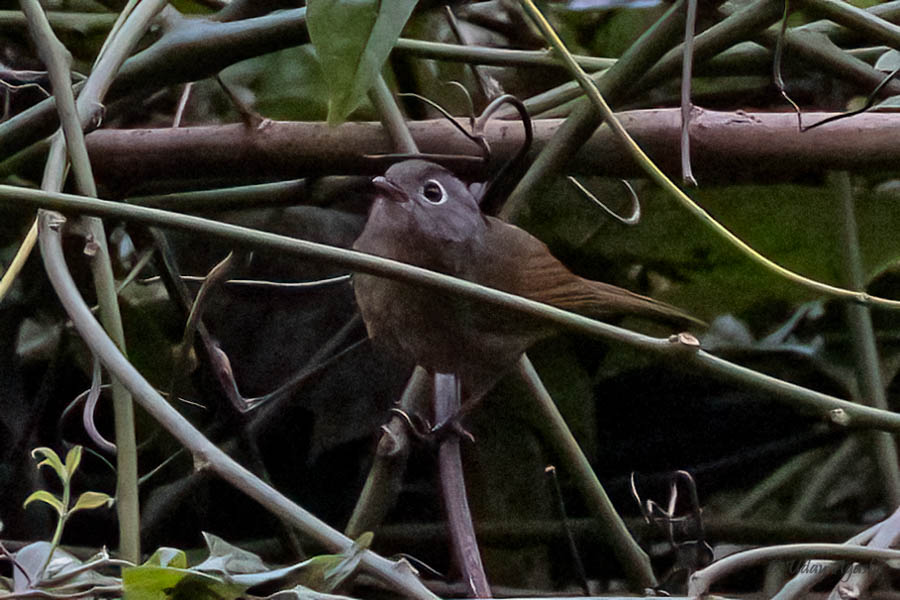
Just as we were getting back to our vehicles, one army officer (in plain clothes) approached us. He had heard our conversations in Marathi and was thrilled to talk with us. He was from Kolhapur and had been stationed here for more than 2 years. Listening to conversations in his mother tongue in that remote place, he was very happy. It was a pleasure for us to look at his joyous face. He suggested we should visit the war Memorial in Walong town.
Within a few minutes, we were at the War Memorial. Although the main area was closed, we could read some of the wartime stories there. It was a proud feeling reading about those Bravehearts. From there we could see the army camp and airstrip below. Compared to those days, our army seems to be in much better shape now.
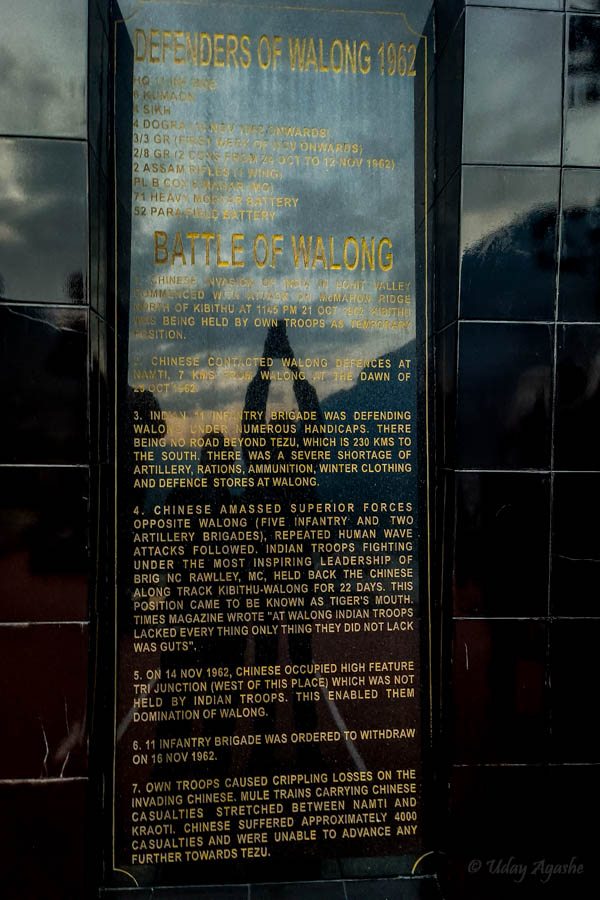
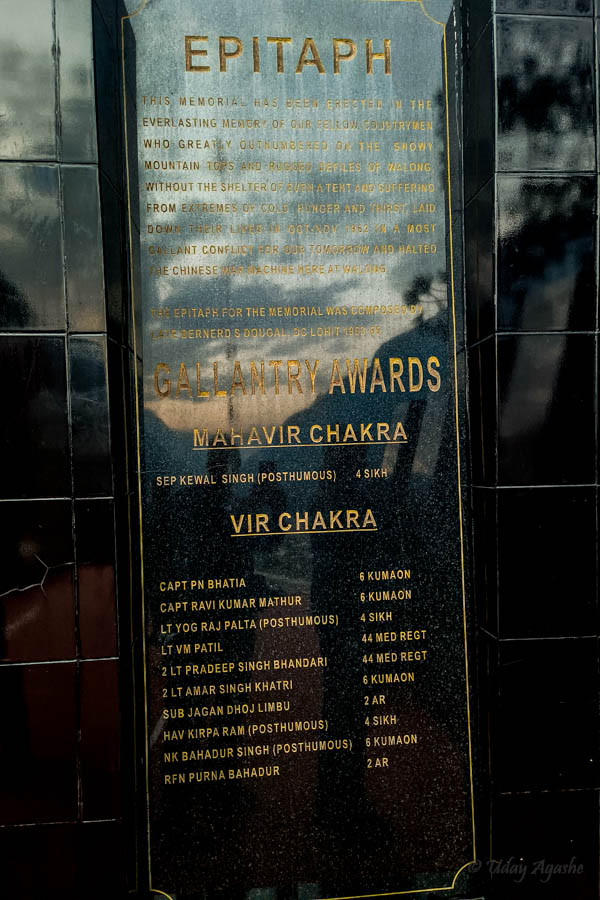
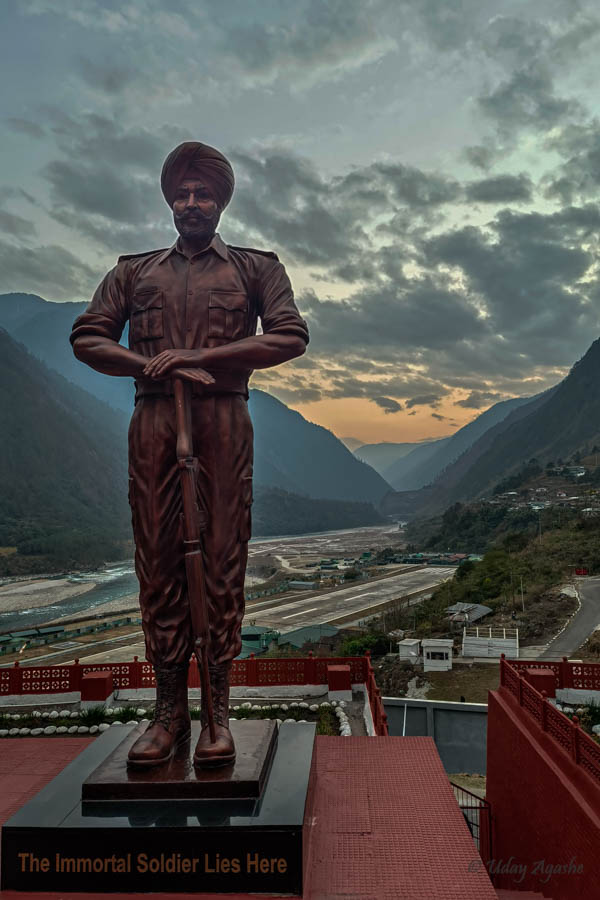
Today we were back a bit early and hence had some spare time. But we also had to pack our bags as we were to leave this place by 5 am the next morning. We had to cover a distance of about 400 km to Miao town where we would be having our next night's halt.
Bye-bye Walong (29th Jan)
As planned, we were ready by 5 am and after a quick tea, the bags were loaded into the vehicles. We once again started our journey along with Lohit river.
Morning is generally a good time to see birds and we did see a lot of bird activity along the road. Although we had decided to stop only for any rare species, we ended up waiting at least 4-5 times in the first hour of travel.
The first stop was for a large flock of finches that flew from a tree right next to the road. We kept a close look on their flight, but they all perched on a far-off tree up the hill. Then again, we kept getting down for the Sunbirds (Black-throated and Green-tailed), the Orange-bellied Leafbirds, Fire-breasted Flowerpeckers, Drongos (Ashy & Bronzed), and the Redstarts (Daurian & Hodgson’s). Not to mention the Bulbuls, Laughinthrushes, and Yuhinas too. Then again, the lovely sight of the Scarlet Finch was irresistible. It was perched a little far but at eye level. We took a few photos without getting down from the vehicle and luckily so because as soon as one of us decided to get down, the bird flew.

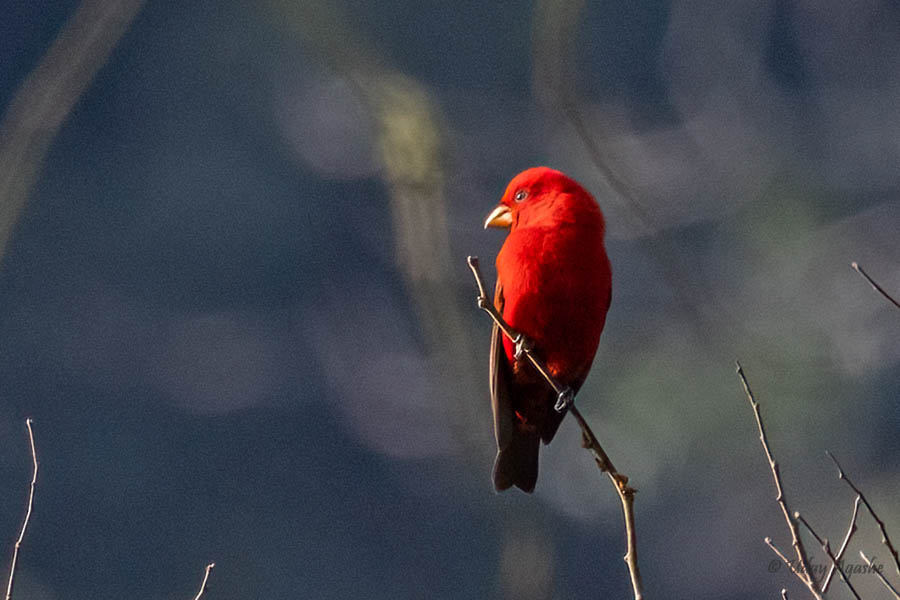
By around 8:30, we were in Hayuliang town for a breakfast halt. Instead of our regular bread, butter, jam, and boiled egg routine, we could have some omelet, roti, and a potato-based side dish. Most of these items were ready and we ended up finishing the breakfast quickly.
We still had a lot of distance to cover. After leaving Hayuliang town, we were now on a kaccha stretch of road (all through, the roads were a mix of good concrete roads, the narrow tar roads, and at times we called it road only because our vehicles were plying on it). We could see a few vehicles standing on the road and before we realized we were also in the queue. We soon found out, there was some road construction work ahead and that meant we were stuck there for at least a couple of hours.
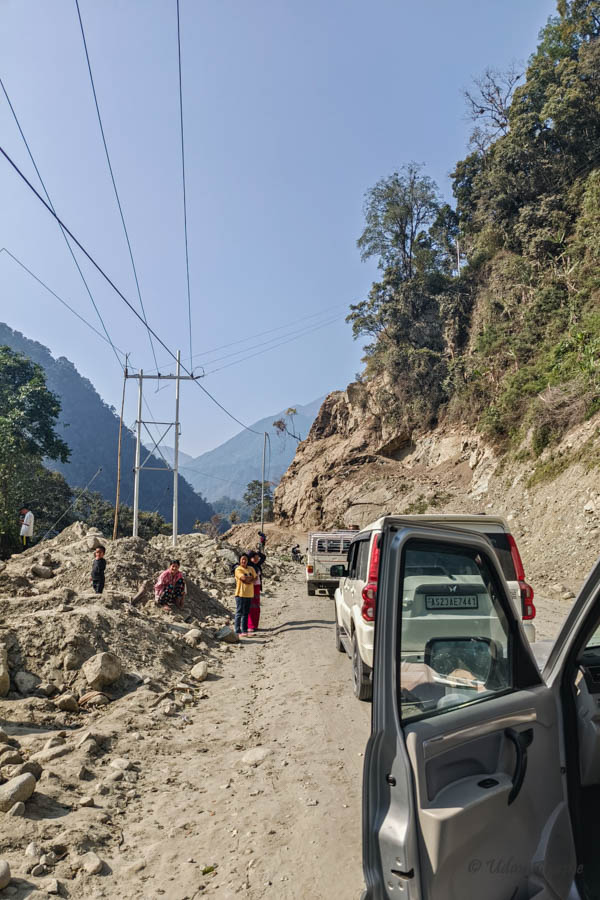
As can be seen in the picture above, the locals were used to such obstacles and they looked relaxed. Soon even we got out (could not keep the engine running and without the AC, it was getting hot inside). Deep below we could see the river and on the other side was the mountain. Nothing was interesting in the habitat but we still got out with our cameras.
And what luck, even in that barren patch Avinash/Clara managed to find 2 lifers (Rufous-faced Warbler & Greay-throated Babbler). We even saw a couple of butterflies there.
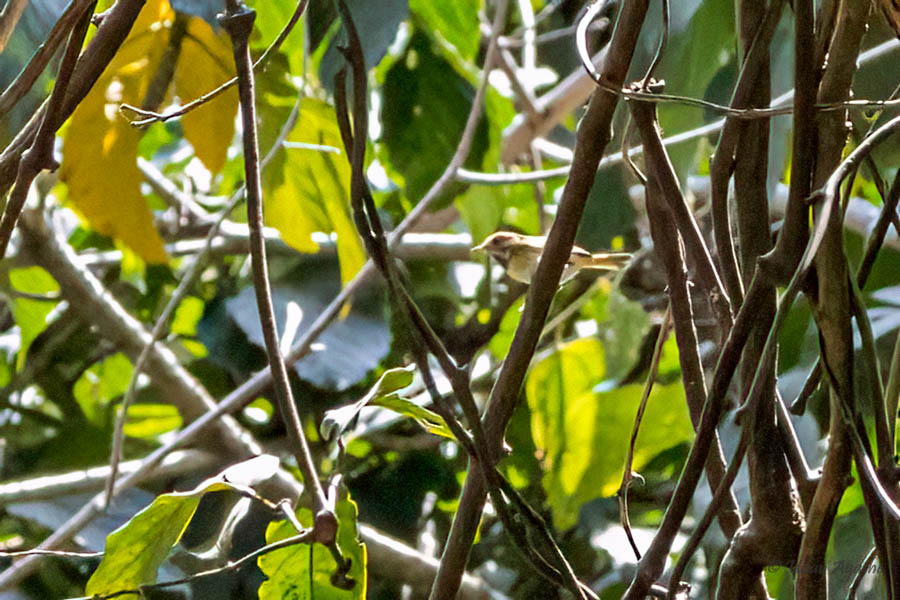

Normally, there is not much traffic on these roads, but with this block, the line had grown considerably. Eventually, by 11:40, the obstacles were cleared and we could move ahead. We could not speed up much though. One thing was the increased vehicular traffic and other than that was the bad condition of the road. Little ahead, we got into a big traffic jam. It looked so bad that for the next few minutes, none of the vehicles on either side could move even an inch.
Just then, Avinash got out and started maneuvering the vehicles (like a perfect traffic police). Thanks to his effort, the jam cleared slowly and we marched ahead.
The good part was, the roads were good after this stretch and soon we were on the flat land, making the travel a little easier for me. We had a couple of stops, for Lunch (usual Daal, rice) and fuel refill but barring that we moved swiftly.
Then, we had just one more birding break when Palash saw a pair of Oriental Pied Hornbills.

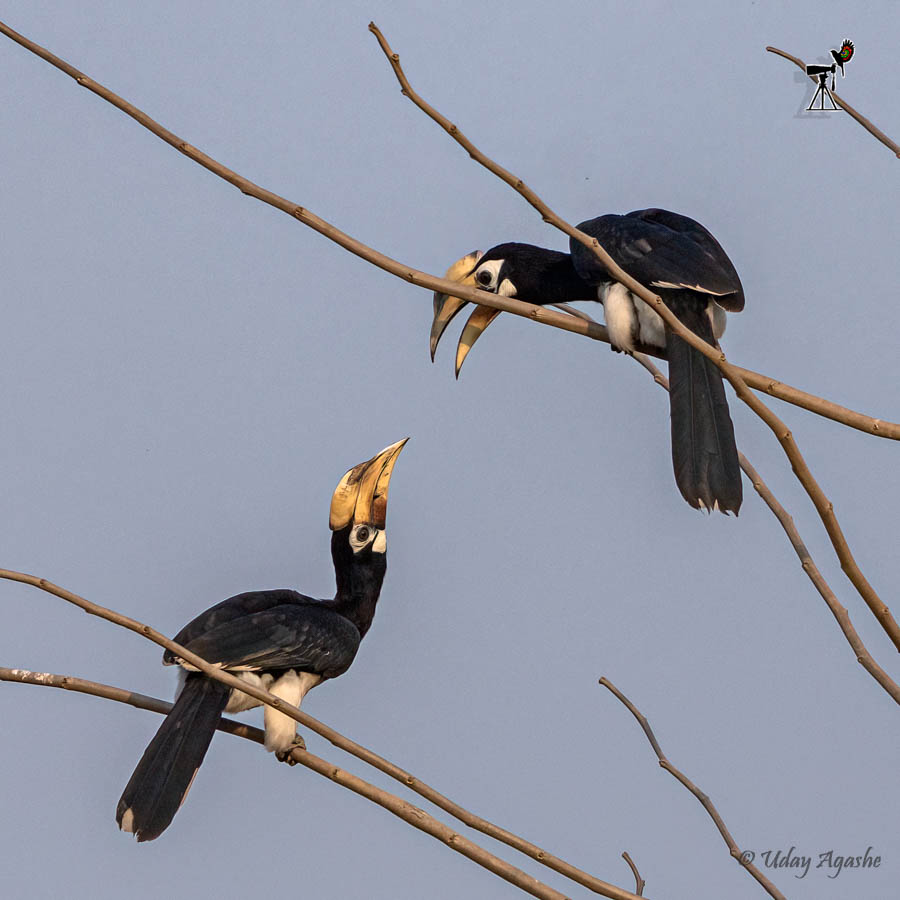
By the time we reached our hotel in Miao town, it was dark. And what felt nice was this place had electricity. Not just that but their stage was illuminated with bright lights (the hotel was a venue for their district-level beauty pageant).
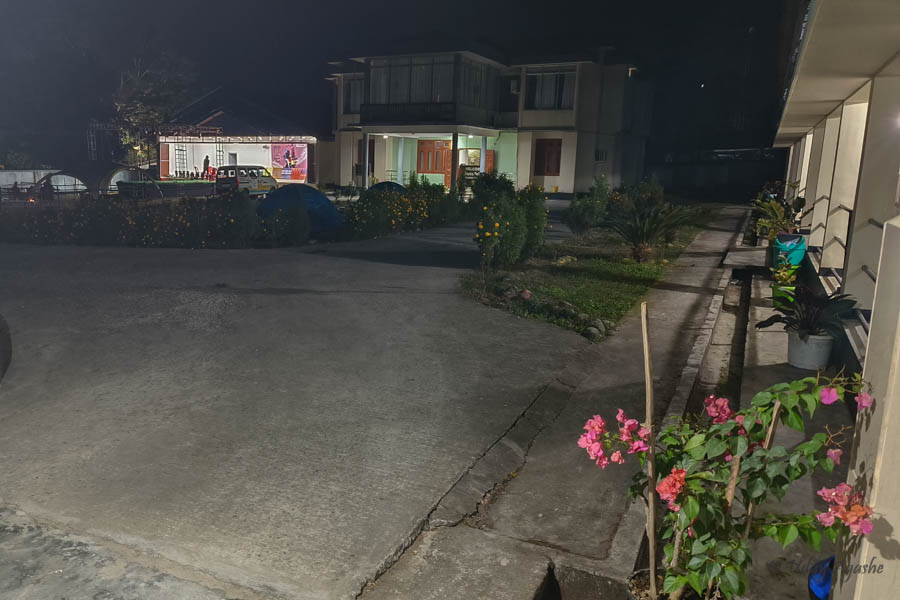
To be continued ...........
Part 2